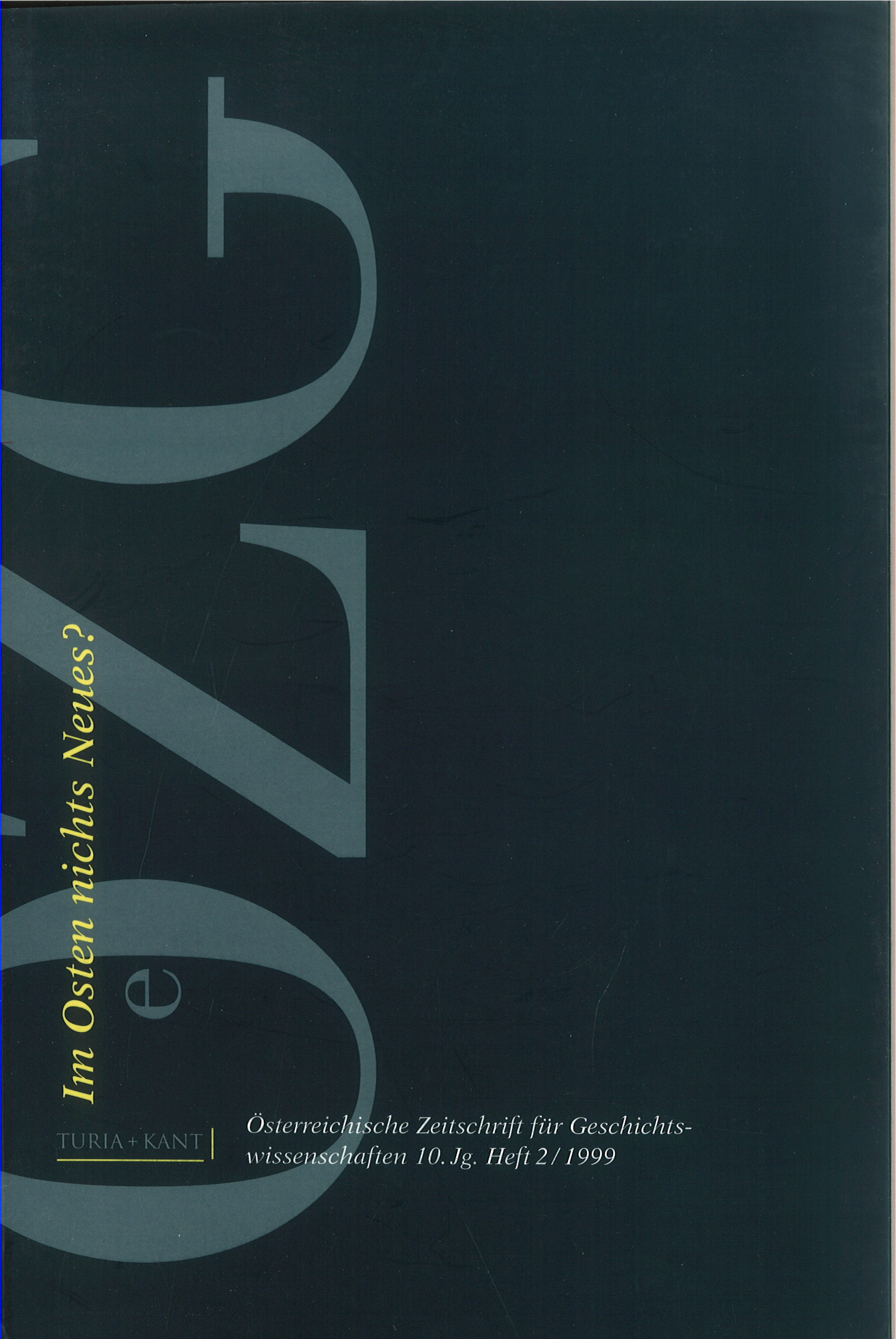Mythen und Rituale des ungarischen Systemwechsels
DOI:
https://doi.org/10.25365/oezg-1999-10-2-3Abstract
Starting from the analysis of a small political demonstration in a Hungarian village in 1989 the author develops a pattern for the interpretation of public political action in Hungary in the years immediately before and after the collapse of the Communist regime. She describes how the first public demonstrations organised by the opposition groups established a ritual for political protest by usurpating the monuments and the actual sites of the Hungarian Revolution of 1848 and the Hungarian Uprising of 1956. Making use of the selfexplanatory symbolism of theses places, it became virtually unnecessary to announce the meeting places and routes of demonstrations since everybody knew the procedure by heart. The same kind of analysis is applied to one of Budapest's main squares, Hösök tere (Heroes' Square), and to the newly created park for old socialist and communist monuments in Nagyteteny, outside Budapest. The author argues that, by reverting to place- and street-names dating from the 19th century and by exhibiting their socialist past in a museum, Hungarians have found a way to historysize the era of Communist rule in Hungary and to divert attention from their active involvement and participation in it, especially during the later decades of the Kadar regime.


